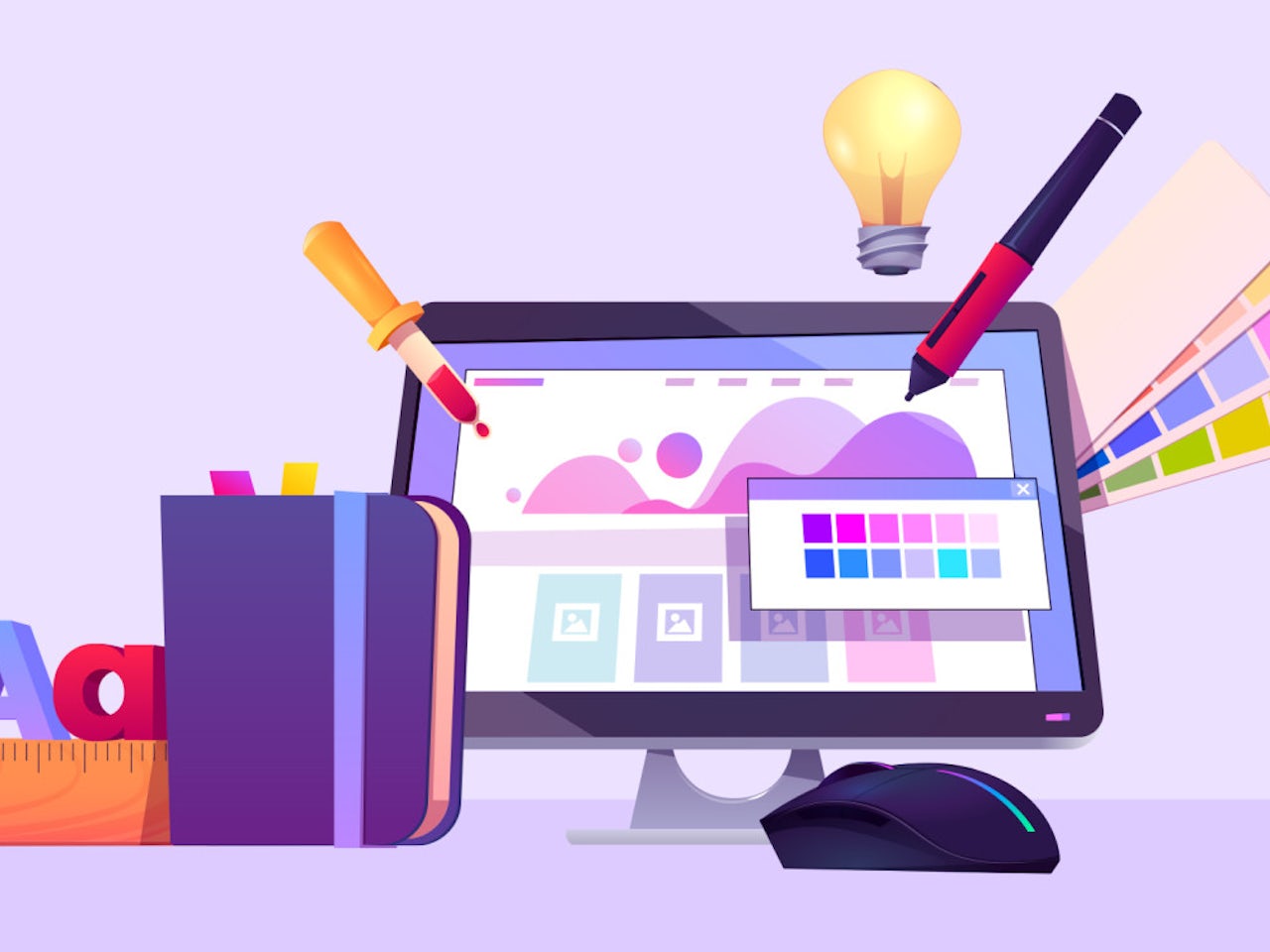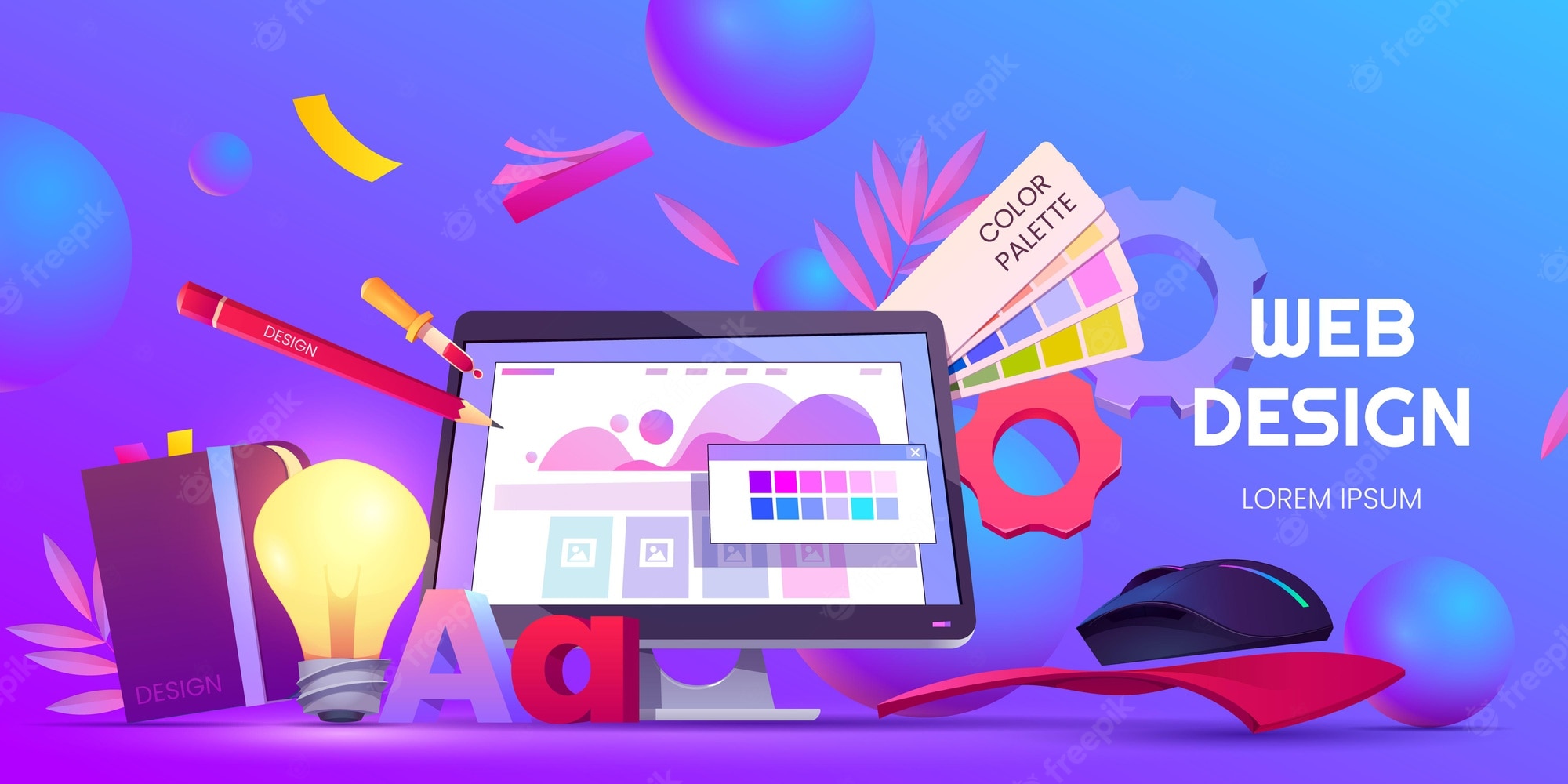The Significance of User Experience in Efficient Web Design Techniques
User experience (UX) acts as a foundation in reliable web design techniques. It forms how customers communicate with a website, affecting their complete satisfaction and probability of returning. A well-designed UX can boost interaction via user-friendly navigating and responsive designs. Ignoring these aspects might lead to aggravation and increased bounce rates. Recognizing the complexities of UX is necessary for developers aiming to create compelling electronic experiences that resonate with varied audiences. What factors truly drive successful user involvement?
Understanding User Experience and Its Influence on Design
User experience (UX) is commonly perceived as a plain facet of internet layout, it essentially forms exactly how customers interact with a website. UX includes all aspects of the user's communication, consisting of usability, accessibility, and total complete satisfaction. A positive UX promotes interaction, urging users to check out the site and return in the future. On the other hand, an adverse experience can lead to frustration, leading to high bounce prices and shed opportunities for conversion.
Design components like navigating, content, and format organization play essential roles in shaping this experience. Efficient UX design prepares for user requirements and preferences, guaranteeing that information is easily accessible and visually attractive. In addition, understanding user behavior via analytics can offer beneficial insights, informing style decisions that enhance usability. Eventually, a thorough understanding of UX permits developers to produce web sites that not only bring in individuals but also promote meaningful communications that straighten with organization goals and user expectations.
Trick Concepts of Reliable User Experience
Effective user experience rests on several vital principles that boost web site performance and involvement. User-friendly navigating layout, receptive design essentials, and the significance of aesthetic hierarchy are crucial components that add to a seamless interaction between individuals and web material. Comprehending these principles enables developers to develop even more available and user-friendly electronic atmospheres.
User-friendly Navigation Style
Intuitive navigating style serves as a critical gateway to their general experience when individuals come across a site. Reliable navigation allows users to easily find the info they seek, boosting their interaction with the website. Secret concepts consist of clear labeling, sensible company, and constant placement of navigation components. Tags must be uncomplicated, permitting users to anticipate the web content they will locate. A well-structured hierarchy aids users understand the partnership between different sections, directing them via the website flawlessly. In addition, receptive food selections and easily accessible links add to a fluid experience throughout tools. By prioritizing instinctive navigation, developers can substantially lower user aggravation and rise interaction, ultimately cultivating a positive assumption of the web site and its content.
Receptive Layout Essentials
A well-structured navigating system normally causes the demand for a responsive layout, which is essential in today's diverse electronic landscape. A receptive format assurances that websites function perfectly across different gadgets, consisting of tablet computers, smart devices, and desktops. This versatility boosts user experience by permitting web content to be visually meaningful and quickly obtainable, no matter of display size. Key concepts of responsive style consist of fluid grids, flexible photos, and media queries, which promote perfect watching. Furthermore, prioritizing touch-friendly aspects boosts interaction on smart phones. By carrying out a responsive design, developers can fit individuals' demands, lessen bounce rates, and boost involvement. Inevitably, a well-executed responsive design fosters a positive user experience, motivating visitors to check out the site additionally.
Aesthetic Power Structure Value
Visual pecking order plays a necessary function in guiding users through a web site, guaranteeing that vital details records their interest. By purposefully utilizing size, spacing, color, and contrast, designers can produce a clear pathway for users to comply with. Bigger elements frequently attract the eye, suggesting their significance, while contrasting colors can highlight phone call to activity. Furthermore, constant alignment and collection of relevant web content boost comprehension, making navigation intuitive. Reliable use aesthetic power structure not only boosts use however likewise supports the total aesthetic of the site, fostering a favorable user experience. When customers can quickly recognize one of the most essential details, they are more probable to involve with the material, causing enhanced satisfaction and communication with the web site.
The Role of Functionality in Web Design
Usability plays a vital function in web design, particularly through navigating simpleness and adherence to availability requirements. Reliable navigating boosts user complete satisfaction by permitting visitors to discover details swiftly and with ease. Meeting availability standards guarantees that all users, no matter of their capabilities, can successfully communicate with the web site.
Navigating Simpleness
Simplicity in navigating stands as a keystone of reliable web design, considerably affecting user experience. A streamlined navigating system permits users to locate information swiftly and without effort, decreasing disappointment and improving contentment. Clear labeling and rational structure are important aspects, directing customers effortlessly with the web site. Redundant web links or overly intricate food selections can confuse customers, leading to boosted bounce rates. Additionally, mobile responsiveness needs to be taken into consideration, ensuring navigating continues to be straightforward across devices. Decreasing and focusing on important pop over to this web-site pages clutter further sustains user involvement. Effective navigating not just promotes a favorable experience however additionally motivates users to discover the site better, ultimately leading to higher conversion rates. Hereof, navigation simpleness offers as an important variable in the general efficiency of web design strategies.
Ease of access Requirements
User engagement is considerably enhanced when internet sites follow ease of access criteria, making sure that all users, no matter their capacities, can browse and interact effectively. Compliance with these criteria not just widens the target market however also enhances overall user complete satisfaction. Easily accessible layout incorporates features such as message alternatives for photos, key-board navigating, and sufficient color contrast, which help with usage by people with impairments. In addition, executing these standards can positively affect search engine optimization (SEARCH ENGINE OPTIMIZATION) by boosting site structure and clarity. As web design develops, prioritizing access comes to be essential in cultivating a comprehensive digital environment. By accepting these requirements, developers add to a much more fair internet, inevitably driving user loyalty and interaction.
Importance of Responsive Layout for User Interaction
As consumers increasingly access sites with a selection of devices, the importance of responsive design becomes vital for engaging users successfully. Receptive layout warranties that a site adjusts effortlessly to various screen dimensions, offering a perfect watching experience despite the device made use of. This adaptability improves user involvement by assisting in less complicated navigating and communication with content.
When users experience a web site that is receptive, they are most likely to stay longer, check out additionally, and return in the future. A well-designed responsive design lessens the stress frequently related to zooming and scrolling on smaller screens, therefore lowering bounce prices. In addition, receptive layout can positively influence search engine positions, as online search engine focus on mobile-friendly internet sites. In today's electronic landscape, where mobile use proceeds to rise, executing receptive design is not just helpful, but important for keeping user involvement and assuring a positive experience across all devices.
Enhancing Load Times for Better User Satisfaction

To boost tons times, internet designers should prioritize optimizing photos, leveraging browser caching, and reducing HTTP requests. Furthermore, using Material Shipment Networks (CDNs) can accelerate content delivery by dispersing it across various geographical locations. Enhancing code, such as pressing CSS and JavaScript documents, additionally contributes to much faster filling rates.
Eventually, a dedication to boosting load times not only improves user fulfillment yet likewise strengthens brand name loyalty and improves the probability of repeat brows through. A swift, smooth experience is necessary for keeping individuals and promoting favorable communications.
The Influence of Visual Hierarchy on User Communication
Aesthetic pecking order functions as a crucial aspect in guiding user communication on a website. By arranging content in a method that focuses on details aesthetically, designers can affect exactly how users browse and engage with a website. This power structure is developed via various layout strategies, including dimension, color, contrast, and spacing. Bigger fonts or vibrant shades attract focus to vital elements, such as phone calls to activity or headlines, while restrained colors and smaller sized fonts can show subordinate information.
Reliable visual power structure assists customers swiftly identify what is most crucial, lowering cognitive load and improving use. It permits instinctive navigation, making it simpler for customers to locate what they require without stress. As users engage with a website, a well-structured visual power structure fosters a much more enjoyable experience, eventually bring about higher interaction and conversion prices. Developers should focus on these Get More Info principles to produce an user-centered and efficient internet atmosphere.
Measuring User Experience: Devices and Strategies

Frequently Asked Questions
Just How Can I Boost My Website's User Experience on a Budget plan?
To boost an internet site's user experience on a budget plan, one can maximize web page load rate, simplify navigation, apply responsive style, boost content quality, and collect user comments for constant refinements, making sure a rewarding site visitor experience.
What Prevail User Experience Errors to Prevent in Web Design?
Usual user experience mistakes in web design consist of cluttered designs, bad navigating, sluggish packing times, absence of mobile responsiveness, ignoring ease of access, inconsistent branding, and falling short to focus on user comments - Web Design Agency. Each can significantly impede general site efficiency
Exactly how Usually Should I Update My Website for Better User Experience?
Websites need to be upgraded regularly, ideally every couple of months, to preserve perfect user experience. Frequent updates assist address usability issues, freshen material, and adapt to transforming user demands, making certain the website stays interesting and appropriate.

Can User Experience Impact Search Engine Optimization Rankings on My Website?
User experience can substantially impact search engine optimization positions, as online search engine focus on websites that use seamless navigation, fast loading times, and appealing content. A favorable user experience can cause reduced bounce rates and greater search presence.
What Role Does Access Play in User Experience Design?
Availability plays an important role in user experience style by making certain that all individuals, no matter of capacities, can connect and navigate with a web site properly. This inclusivity boosts total satisfaction and engagement among diverse customers.
User experience (UX) is usually regarded as a plain element of web design, it fundamentally shapes just how customers communicate with a site. User engagement is considerably improved when websites adhere to availability requirements, making certain that all users, regardless of their capacities, can browse and connect effectively. Gauging user experience (UX) is important for recognizing how efficiently a site satisfies the requirements of its users. Additionally, usability testing, where genuine individuals browse the website while onlookers keep in mind problems, provides direct feedback on user experience. Common user experience mistakes in internet style include cluttered designs, bad navigating, sluggish packing times, lack of mobile responsiveness, ignoring accessibility, irregular branding, and falling short to focus on user feedback.